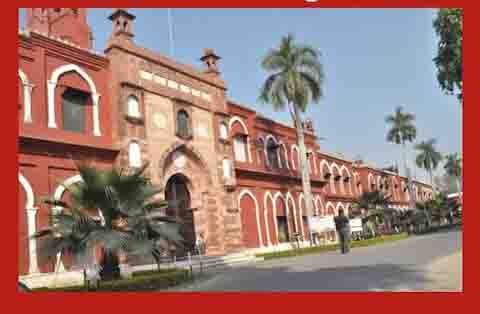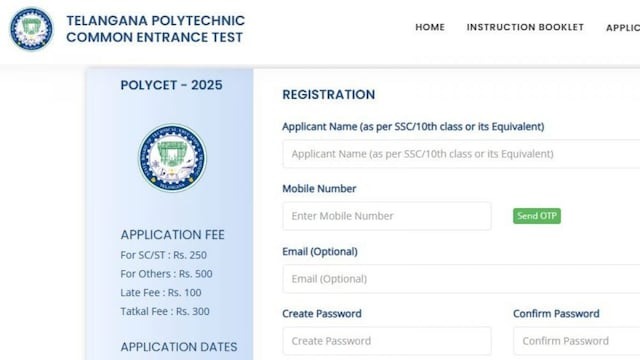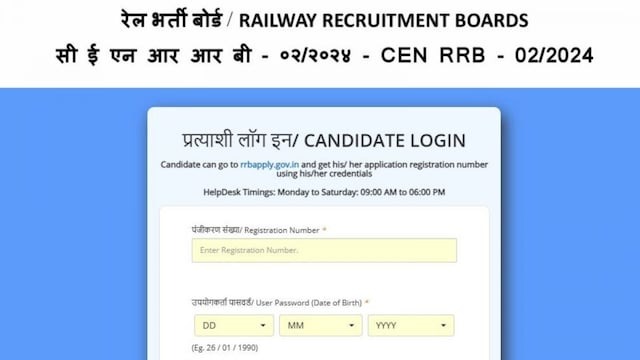
'The question is whether I am a minority institution or not? Many questions have been raised about my being a minority institution. The situation is such that this dispute has reached the Supreme Court. Anyway, it does not matter to me. When I have been established by these governments and rulers, then my future is in their hands. My job is to teach the youth who come here every year with dreams in their eyes, to shape those new plants through education, to improve their talent so that they can make India proud in the country and the world. Recently, a daughter of India named Saba Haider, who came out of my campus, won the election in America. I had no idea that this daughter who once played in my campus would one day hoist the flag of India in a country like America. I don't know how many flowers that have come out of my garden are spreading their fragrance in the country and the world. If I talk about names, this list will be very long.
Although my heights reached after independent India, but my foundation was laid by the great social reformer Sir Syed Ahmed Khan. Actually, his intention was that the Muslim community will have to become proficient in English and modern languages to maintain social and political existence. For this, he laid the foundation stone of my construction by establishing schools in Ghazipur in 1863 and Moradabad in 1858. In the year 1864, 'Scientific Society' was established in Aligarh. The matter did not stop here. On 7 January 1877, Syed Ahmed Khan visited Oxford and Cambridge University during his visit to England, after which he established Mohammed Anglo-Oriental College in Aligarh.
After this, his son Syed Mahmood proposed the establishment of an independent university in front of the Mohammed Anglo-Oriental College Fund Committee. Mohammed Anglo-Oriental College was one of the first fully residential educational institutions. Children could stay here and study. Initially, this college was affiliated to the University of Calcutta. Later, it got recognition from Allahabad University in 1885. In the year 1901, when the Viceroy of India, Lord Curzon, visited the college, he praised the work done here. Soon the college started publishing its own magazine named 'The Aligarhian'. Not only this, a separate law school was also established here. Meanwhile, movements started to give it the status of a university, to calm them down, the college was expanded and many new courses were added. In 1907, a separate school for girls was also established. In this way, in the year 1920, this college became 'Aligarh Muslim University', and thus I came into existence. Now I had become a university. In 1921, the Indian Parliament gave me the status of a central university through an Act. Since then, my importance has only increased. People used to say that I was given the status of the first higher institution of the British Raj on the lines of Cambridge University. Today, more than 300 courses are taught in my campus. And yes, let me make one thing clear that having Muslim or minority status in my name does not mean that children of other castes or religions are not allowed entry here or they do not get a chance to study here. My doors are open for everyone.
Apart from all the states of the country, students from Africa, West Asia and South Asia come to my campus to pursue education. In some courses, seats are also reserved for students from SAARC and Commonwealth countries. My campus is spread over 467.6 hectares in Aligarh city. More than 37,327 students are studying here. Not only this, I also have 1686 teachers and about 5610 non-teaching staff. My campus now has a total of 13 faculties, 3 academies, 21 centers and institutes with 117 study departments. There are 80 hostels and 19 halls for students in my campus. My Maulana Azad Library also has about 13 lakh books and rare manuscripts. There is also the Gita translated into Persian by Akbar's courtier Faizi and the manuscript of Mahabharata translated into Persian 400 years ago is also kept there.

 Desk
Desk Share
Share






